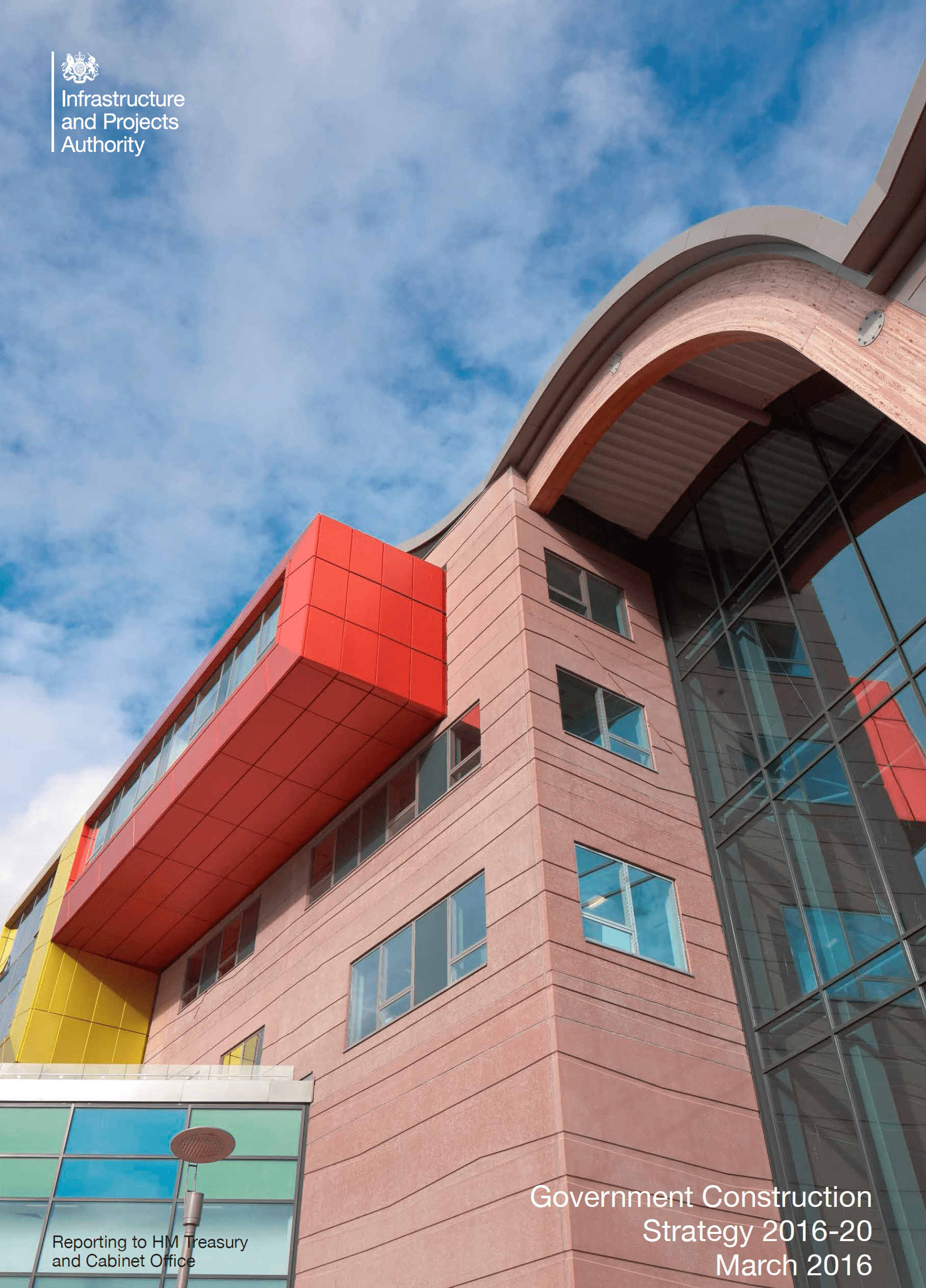UK Government Construction Strategy 2016-2020 Explained
- Youtube Views 10,362 VIDEO VIEWS
THE UK Government has published its new Construction Strategy for 2016 to 2020, building on the progress made in the 2011-2015 version. Here, we take a quick look at the Strategy’s four principal objectives and the plans to achieve them over the course of the current Parliament.
RELATED: CONSTRUCTION 2025 EXPLAINED
RELATED: I HAVE THE BEST JOB IN THE WORLD: RICHARD LANE
1. CLIENT CAPABILITY
The first objective is to improve central government’s capability as a construction client. That means their ability to “act in the right way” to get the most from the construction industry.
It’s important to understand the context of the UK industry.
A quarter of the total construction output comes from the public sector and central government is the industry’s single biggest client. That means that the way they behave, the way they ask for built assets and the type of buildings and infrastructure that they ask for, has a huge influence over how the construction industry acts and the path of progress it is on.
“Central government is the industry’s single biggest client”
Clearly different project types demand different approaches, but there is consensus that the principles of client leadership, early supply chain engagement, continuous improvement and collaborative culture, are common across the spectrum.
The strategy talks about using the Government Soft Landings (GSL) approach across departments. It also mentions changing procurement routes and using things like a Cost-Led approach, Integrated Project Insurance or Two-Stage Open-Book.
2. DIGITAL + DATA CAPABILITY
The second objective is to further embed and increase the use of digital technologies, recognising the productivity, efficiency and collaborative benefits these can bring.
As you might expect, building information modelling (BIM) features prominently here. The Strategy builds on the work that’s taken place up to the 2016 Level 2 mandate and supports a gradual shift towards Level 3. It recognises that BIM supports the beginning of a wider digitisation of construction.
“Digital technologies can bring productivity, efficiency and collaborative benefits”
The Strategy also talks about enhancing the Government’s “data capability” and the advantages of making informed decisions based on accurate information that can now be more easily obtained with digital tools. That includes things like cost bench-marking and measures to reduce carbon.
3. SKILLS + SUPPLY CHAIN
Skills and the supply chain are noted as two key areas where efficiencies and value-for-money can be realised. The Construction Strategy sets a target of £1.7BN in efficiency savings by 2020 (equivalent to USD $2.4BN in May 2016) and these areas are pivotal to achieving that.

The UK Government are the British construction industry’s single biggest client (image courtesy of Daniel Chapman).
Plans put forward in the Strategy include continuing to regularly publish central government’s pipeline of work to boost confidence, creating 20,000 apprenticeships and ensuring fair payment throughout the supply chain.
“£1.7BN in efficiency savings by 2020”
There is also a drive to use Project Bank Accounts (PBAs); a central account for a project from which all suppliers are paid directly and simultaneously by the client. Project Bank Accounts have trust status. This means the funds in them are secured and can only be paid to the beneficiaries – the supply chain members who are named on the account. The advantage of trust status is that in cases of insolvency, the monies in the account due for payment to the supply chain are secured and can only be paid to them.
4. WHOLE LIFE APPROACHES
The final objective is to enable and drive reductions in whole life cost and carbon.
The Strategy highlights the need to accurately measure carbon at both the delivery and operational stages, and to promote innovative approaches to sustainable design.
Find out more the UK Government’s Construction Strategy for 2016-2020 and download a free copy here.
This video was kindly powered by Viewpoint. Contains extracts of the UK Government Construction Strategy: 2016-2020. © 2016 Crown Copyright.
We welcome you sharing our content to inspire others, but please be nice and play by our rules.





